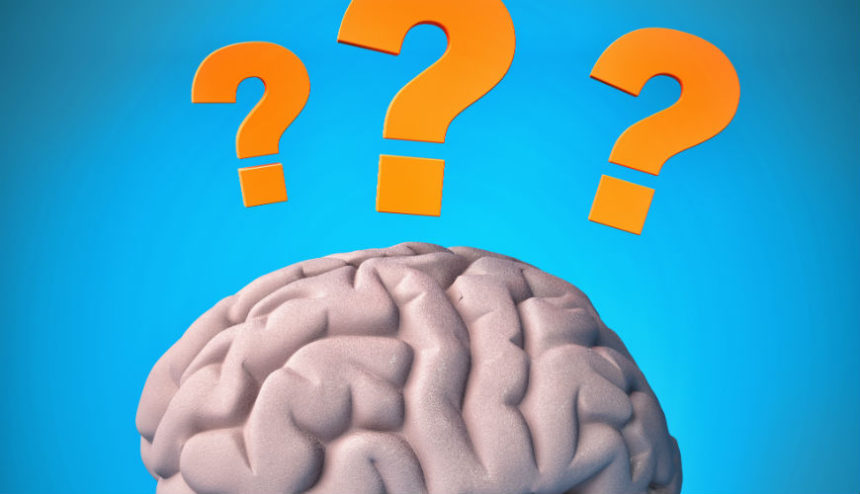 By MiKayla Christensen, PT, DPT, MTC, Physical Therapy
By MiKayla Christensen, PT, DPT, MTC, Physical Therapy
A growing body of evidence suggests that understanding how our pain systems work is an excellent strategy in managing it. Knowing simple information about how your brain and nerves work can help reduce your chance of developing more chronic pain symptoms.
During the #ChoosePT campaign, we’ve shared some facts each week. Here’s part three: Mind Games
1. Our brains can be tricked into developing pain in prosthetic limbs.
Studies have shown that our brains can be tricked into developing a “referred” sensation in a limb that has been amputated! This causes a feeling of pain that seems to come from the prosthetic limb – or from the “phantom” limb. The sensation is generated by the association of the brain’s perception of what the body is from birth (whole and complete) and what it currently is (post-amputation).
2. The ability to determine left from right may be altered.
Networks within the brain that assist you in determining left from right can be affected when you experience severe pain. If you have been experiencing pain, and have noticed your sense of direction is a bit off, it may be because a “roadmap” within the brain that details a path to each part of the body may be a bit “smudged.” (This is a term we use to describe a part of the brain’s virtual roadmap that isn’t clear. Imagine spilling ink onto part of a roadmap and then trying to use that map to get to your destination.)
3. Science has yet to determine whether we all experience pain in the same way.
While some people claim to have a “high tolerance” for pain, there is no accurate way to measure or compare pain tolerance among individuals. While some tools exist to measure how much force you can resist before experiencing pain, it can’t be determined what your pain “feels like.”
Physical Therapy for Pain
Did you know that physical therapy may be an alternative option for management of your pain? Pain relieving medication provides relief, but only masks the symptoms. As physical therapists, we treat pain through movement, hands-on care, and patient education.
Take it upon yourself to live an active and healthy lifestyle. It will substantially improve your general well-being and reduce your chance for chronic pain. Our body was built to move; not all aches or soreness are cause for concern.
Part one and part two of the three-part series.
Resources:
Allegri M, Montella S, Salici F, et al. Mechanisms of low back pain: a guide for diagnosis and therapy [revised]. F1000Res.2016;5:F1000 Faculty Rev-1530. doi: 10.12688/f1000research.8105.2.
George SZ, Childs JD, Teyhen DS, et al. Brief psychosocial education, not core stabilization, reduced incidence of low back pain: results from the Prevention of Low Back Pain in the Military (POLM) cluster randomized trial. BMC Med. 2011;9:128.
Carroll I, Wang J, Wang M, et al. Psychological impairment influences pain duration following surgical injury. J Pain. 2008;9 (Suppl 2):21.
Additional Resources:
MoveForwardPT.com. The Editorial Board is comprised of physical therapist members of the American Physical Therapy Association (APTA).


